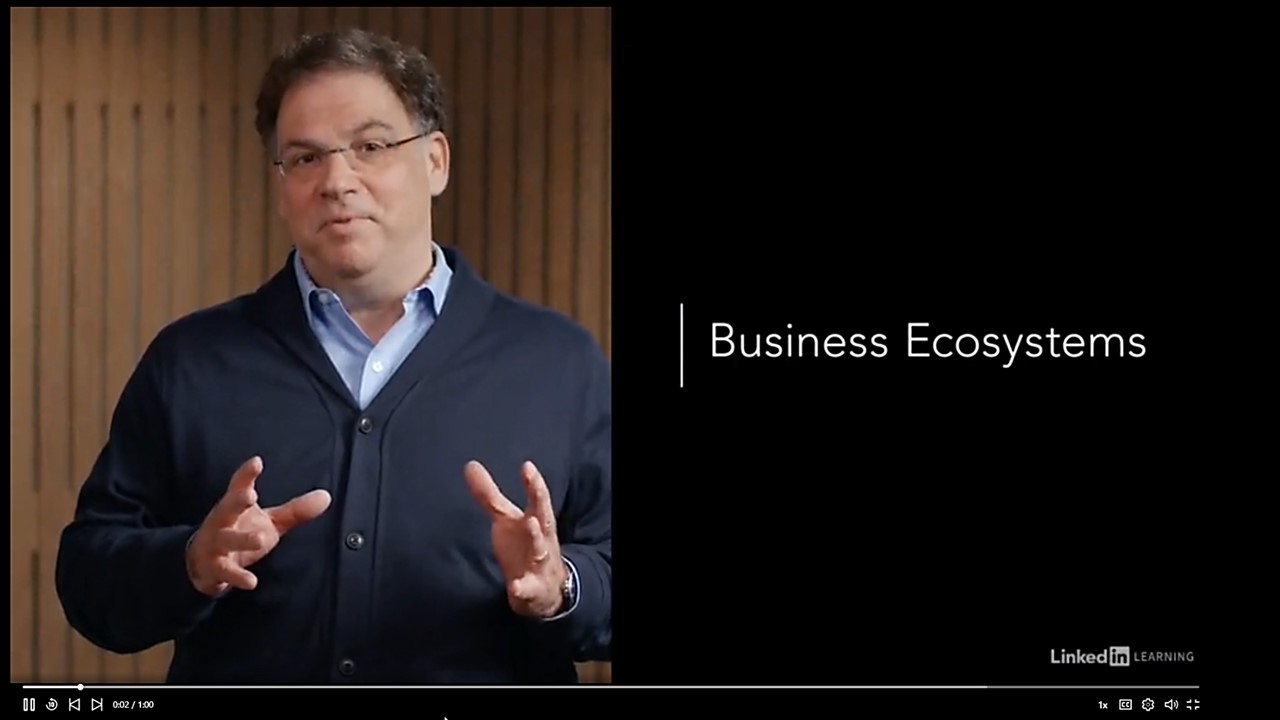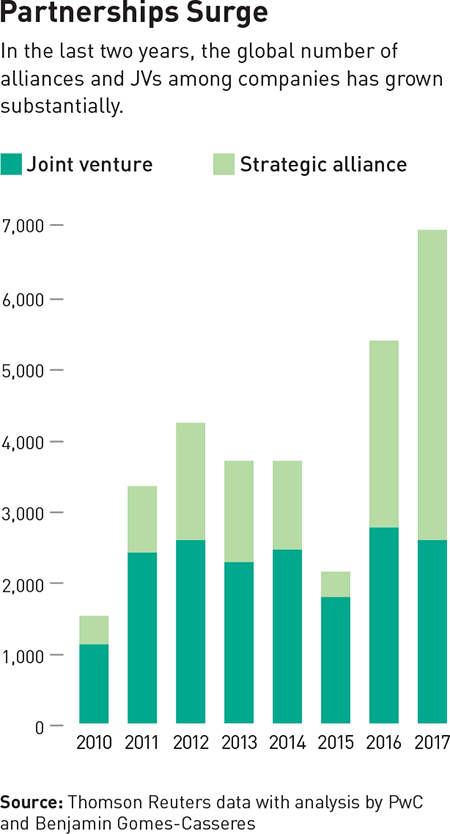By Ben Gomes-Casseres | Originally in HARVARD BUSINESS REVIEW |
If you think politicians have a tough time staying monogamous, take a look at big corporations. Most partnerships that start out with promises of exclusivity soon run into tensions, cheating, or divorce. It’s better to accept that, in business, one partner rarely fulfills all your strategic needs. You must learn to live with — not avoid — polygamy. The key is to manage your multiple partners and not let your relationships run wild.
In exclusive business relationships, one or the other partner will typically feel constrained and seek ways out of the deal or to create additional options that give them bargaining power with their mate. Recent examples abound. Just last year, BP got tangled up in a battle over exclusivity in Russia, and had to scuttle a multi-billion-dollar deal. Starbucks and Kraft got publicly testy with each other as they worked to dissolve an exclusive deal. And American Airlines and Delta Airlines competed for an exclusive relationship with Japan Airlines.
Squabbles or negotiations over exclusivity are usually private, until they end up in court. Then we learn a lot from the proceedings. That was the case with Toys ‘R Us and Amazon.com a few years ago. Their exclusive agreement had been launched in the go-go year of 2000, but by 2004 it had landed in court. Their ten-year agreement had called for Toys ‘R Us to sell toys through Amazon.com. This division of labor worked for a couple of years until Amazon.com started allowing others to offer toys that it said Toys ‘R Us wasn’t selling.
The courts did not take sides clearly in this dispute. They ruled that Amazon.com violated the intent of the agreement but only awarded token damages to Toys ‘R Us. The 2006 ruling of Judge Margaret McVeigh of the New Jersey Superior Court highlights the root of the problem with exclusivity in partnership contracts:
Amazon.com did not want a ten year agreement. Long term commitment in a world where the technology is advancing almost on a daily basis is difficult to maintain. The negotiators achieved their goal and closed a clever and profitable deal. What constitutes an exclusive partnership continues to be a challenge not only for individuals who work on the partnership daily, but for business entities.
Judge McVeigh’s punch line applies across a range of industries. Boston Scientific a few years back launched a secret project to reverse-engineer the technology of its single-source supplier of coronary stents. It ended up paying $750 million in damages to its Israeli partner, but eventually found alternate ways to produce the stents. Microsoft and Intel, as is well known, have long sought alternatives to their being fused at the hip — Microsoft seeking alternative chip platforms for its software, and Intel supporting additional operating systems.
Exclusivity does add a measure of gravitas to any agreement and may be needed to encourage partners to invest in assets that are specific to their relationship. So it has a place in partnership strategy. It can work, but it’s rare. The long-standing exclusive arrangement between Xerox and Fuji Photo Film in Japan is one example; pharmaceutical licensing across markets is another. But it takes effort to maintain exclusivity and the conditions must be just right for it.
On the other hand, promiscuity is not a good strategy either. Indiscriminately hooking up with partners only diverts your attention and ties your strategy in knots. Better to follow Thomas Jefferson’s call for the new American republic to avoid any “entangling alliances.” (PDF) But that would leave you out of the game for many new technologies and markets, where alliances are essential.
The better solution is to avoid treating business partnerships as if they were personal marriages. Recognize that your strategy may require you to put together different elements from different partners, and that sometimes it may be best to get the same element from a selection of partners.
Advanced practitioners of partnership strategies have developed approaches that work for them and may work for you. The U.K. semiconductor maker ARM used a network of partners to drive adoption of its technology in the mobile-computing field. Google is now doing that with its Android products. Global airlines manage their multi-partner alliances carefully to avoid duplicating routes. From these pioneers in network strategy we learn at least three things.
First, be clear about the external needs of your strategy and think hard about where you might get them. You also need to understand the strategic options of your partners to evaluate the value of exclusivity and the risk of a break-up later on.
Second, design your partnerships to manage the trade-off that arises in any exclusive deal: You want to leave yourself room to make additional deals if those are needed, but not at the cost of losing the necessary commitment of your partners.
Third, keep an eye on how you will capture value from your collection of partners (PDF). This is tricky. Your partnership team, so to speak, must be able to play together well enough to win in the competition against other teams. That of course requires sharing the spoils of winning. But, in the end, you’ll want your own company to be a most valuable player on this team, not a bit player.










